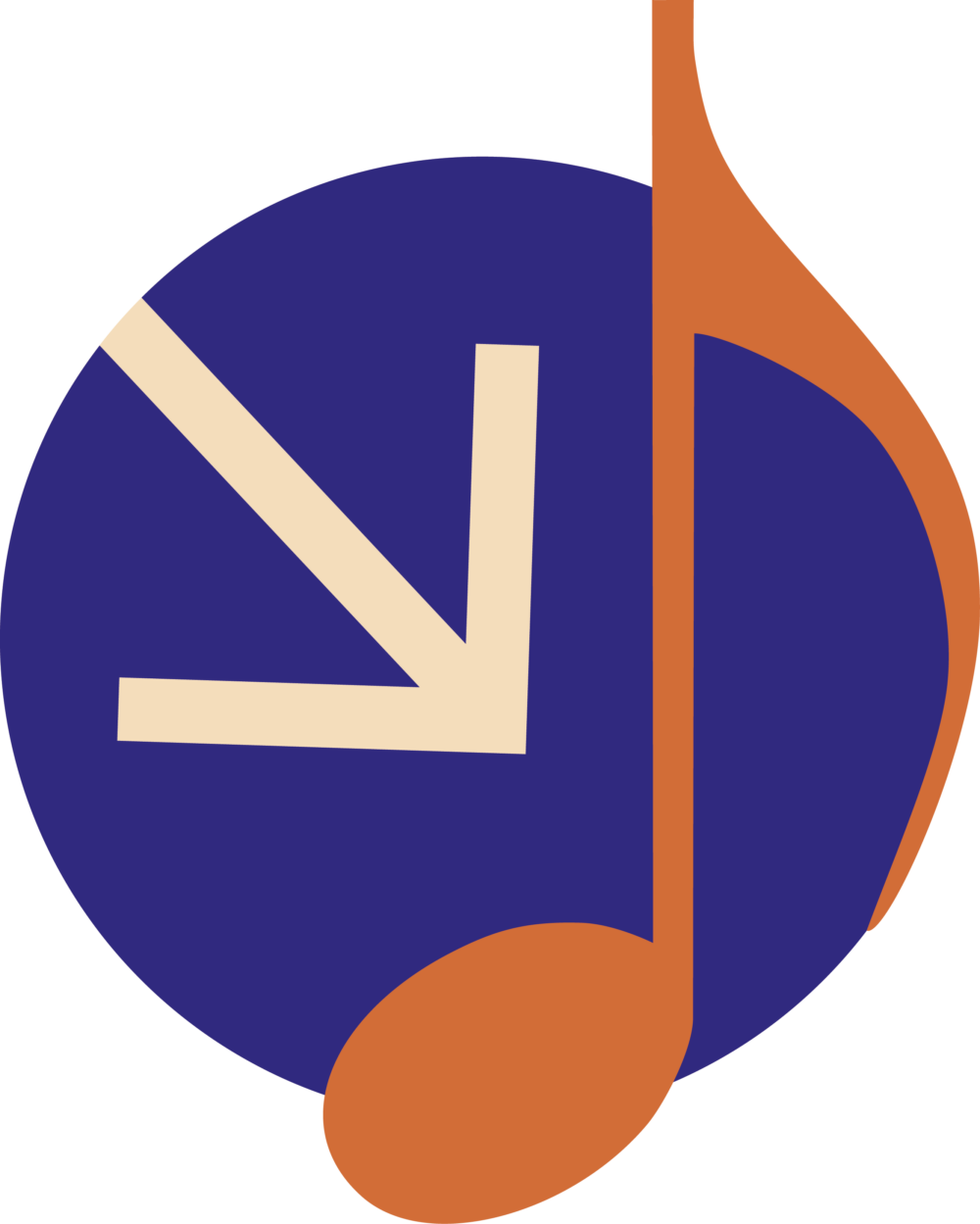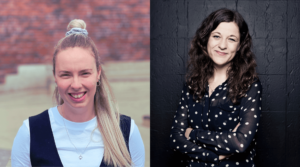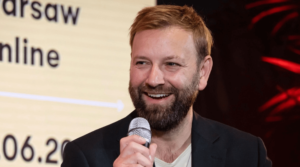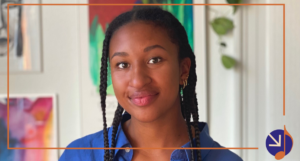First-time audiences
A new study by the interbranch organisation “Danish Ensembles, Orchestras, and Opera institutions (DEOO) and Rasmussen Nordic provides orchestras and ensembles with the knowledge to help them reach new potential audiences.
About the report
In the study, Rasmussen Nordic followed 28 Danish first-time audiences in their encounter with a classical music offer. In this process, Rasmussen Nordic focuses on the first-time audience’s considerations regarding the purchase, thoughts, and needs during the concert itself, and considerations regarding repeat visits.
The study is the first outcome of the three-year Tutti project, which is initiated by DEOO and financed by the Augustinus Foundation. The Tutti project contains a three-year development program carried out to equip participating orchestras and ensembles with tools to enhance and improve their business- and audience development. The first step on this journey is to map out the barriers that new audiences must overcome to become regular concert attendees.
“Everyone does their utmost and works at the highest professional, artistic level. However, not all these efforts are received as intended. Sometimes things are not considered necessary or perhaps considered completely unnecessary, which are decisive for a new audience,” says Asbjørn Keiding, Director of DEOO.
Comprehension, relationship, and recognition
The study shows that it is necessary to build a relationship with the audience from the very beginning and create a comprehension of the musical experience, establish a relationship with the potential audience, and finally make the music recognisable and relatable to the guest.
“It has been interesting to follow the new concert audience in their encounter with classical music, both their enthusiasm for the music, but also the frustration when they run into barriers. This may be due to lack of communication about the music or hosting at the event, which means that the new audience is unsure of what to expect or how to act,” says Søren Mikael Rasmussen, who is behind the study.
The mapping of user journeys aims to provide insights into the barriers of new target groups’ experience when encountering classical music. The knowledge from the study is now being implemented in training programs for leaders and employees in the participating ensembles and orchestras to reach and attract new target groups– and hopefully, making them become regular concert audiences.





